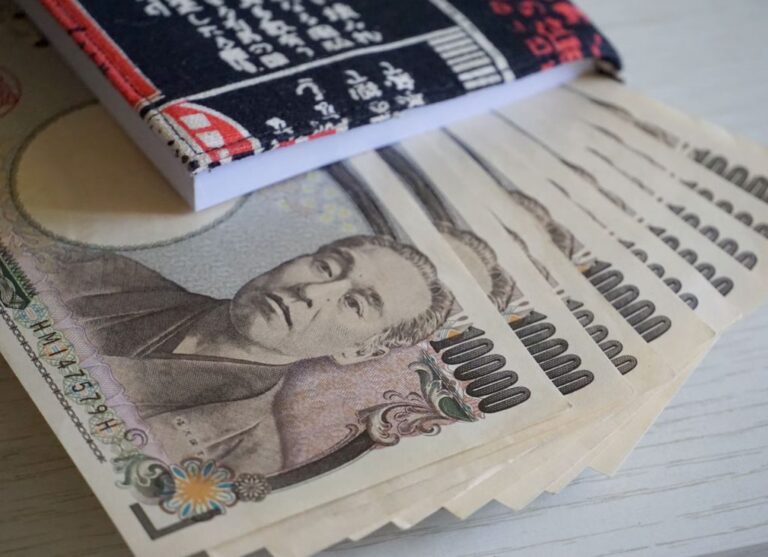
Morning Brief – Cost of caution
One of the most strict lockdowns imposed worldwide was in the nation of South Africa. The nation’s projected capacity to deal with a coronavirus outbreak lead to immediate and severe lockdown only days after the first coronavirus cases were first imported to the continent of Africa. A five-tier lockdown schedule was introduced with South Africans observing the strictest measures since the outbreak began until the end of April. Despite the severe lockdown, at one point South Africa still suffered the fifth highest number of cases worldwide following closely behind the US, Brazil, Russia and India. The lockdown did manage to contain Covid-19 related deaths and has now allowed the nation to open up parts of its economy with Level 1 now in sight. However, the cost of this progress has been immense.
Second quarter GDP statistics, covering SA output in the months of April, May and June, showed a quarter-on-quarter decline of 16.4%. If that figure is annualised as it is often popularly quoted, we learn that’s an annualised rate in excess of 50%. Having endured one of the world’s most severe lockdowns, the GDP data whilst shocking is still understandable. The economic impact in developed economies has been considerably smaller but there is also one critical difference: the V.
Economic growth projections in developed economies for the remainder of 2020 and next year imply a period of catch-up growth while economies restore their former levels of activity. In South Africa, the Reserve Bank projects economic activity will remain subdued to realise an economic contraction of 7% this year versus last. The stagnation and shrinking of economic output has seen the Rand lose some 20% on average versus its developed market counter currencies.
In March ahead of the coronavirus outbreak Moody’s became the third major ratings agency to downgrade South Africa’s debt to junk status. The combined financial shock of expulsion from investment grade indices in addition to the pandemic has put pressure on South African financial instruments with the central bank and government under pressure to do more to finance a recovery. The South African Reserve Bank will meet on Thursday to deliver their latest monetary policy decision. There are strong expectations for the Bank to cut rates. However, the interest rate in South Africa is already at its lowest so far this millennium at only 3.5%. A low reward is already discouraging investors to hold the Rand putting pressure on the local currency.
Normally a weak currency is not a problem for an emerging market economy. However, with a particularly large twin deficit and burden of ‘hard’ external currency debt, a weakening Rand puts additional strains on South Africa’s finances. In the absence of an exchange rate driven boost to competitiveness that might encourage stronger economic output, any adverse reaction in currency markets from the Bank’s decision on Thursday would destabilise the recovery. This could put the currency in a self perpetuating downward spiral. Amidst a juddery economic recovery, the resumption of load shedding and rolling blackouts across South Africa as coal power stations fail to meet the demands of a reopening economy, the ground the Rand sits upon is looking increasingly unstable.
Discussion and Analysis by Charles Porter

Click Here to Subscribe to the SGM-FX Newsletter
Related Insights

Morning Brief – Japanese Yen
Japanese Yen With JPY at a new 34 year low versus EUR, the market is set for an ambush by the Bank of Japan if it acts today at the end of their Policy Meeting to support the Yen. The reason that the market is susceptible is because it has convinced itself that the BoJ […]

Morning Brief – Coalition
Coalition This briefing is about South Africa and the Rand, which frequently proves to be one of the more divisive subjects within our roster of currencies. In particular, with the election looming, this will be about South African governance. Not from a political or human perspective about what may be the best long term outcome […]

Morning Brief – US Tariffs on Chinese Imports
US Tariffs on Chinese Imports Recently we wrote about how Mexico has become the Number One trade partner for the USA. It now transpires that Mexico may have had what is known as a little assist with their numbers: the statistics for the number of 20 foot shipping containers for the first three Quarters of […]



 Humphrey Percy
Humphrey Percy Charles Porter
Charles Porter